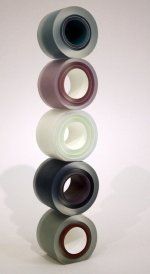

Slide title
Write your caption hereButton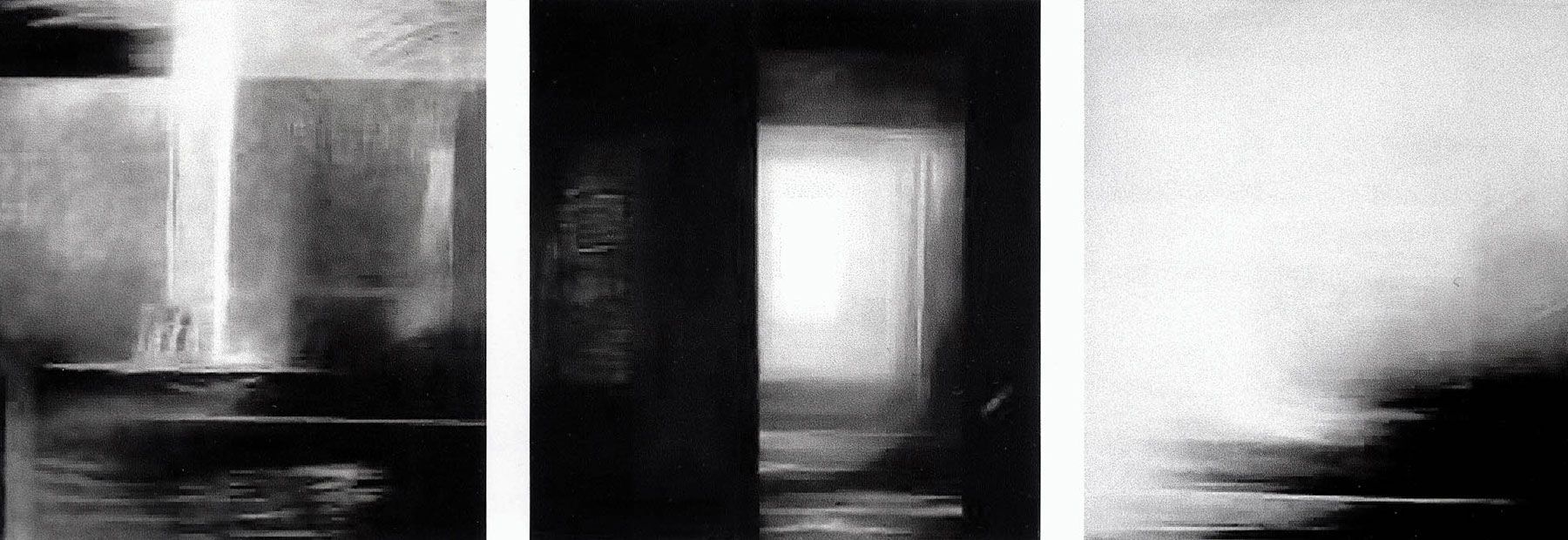
Slide title
Write your caption hereButton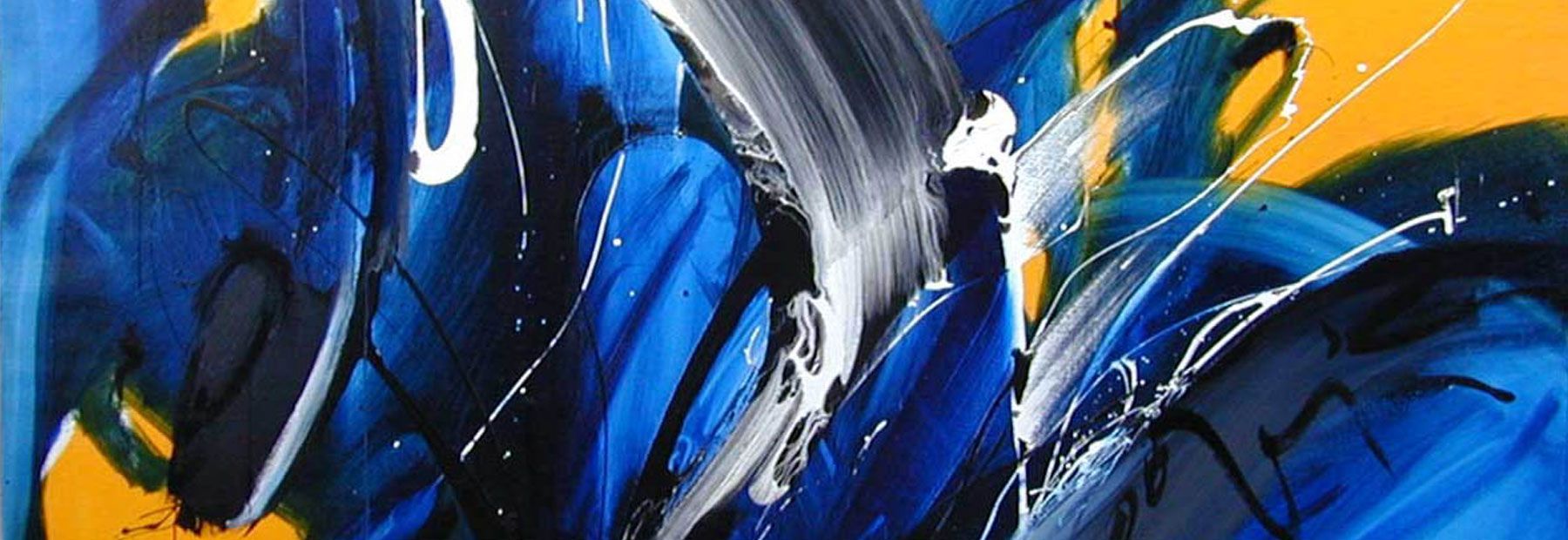
Slide title
Write your caption hereButton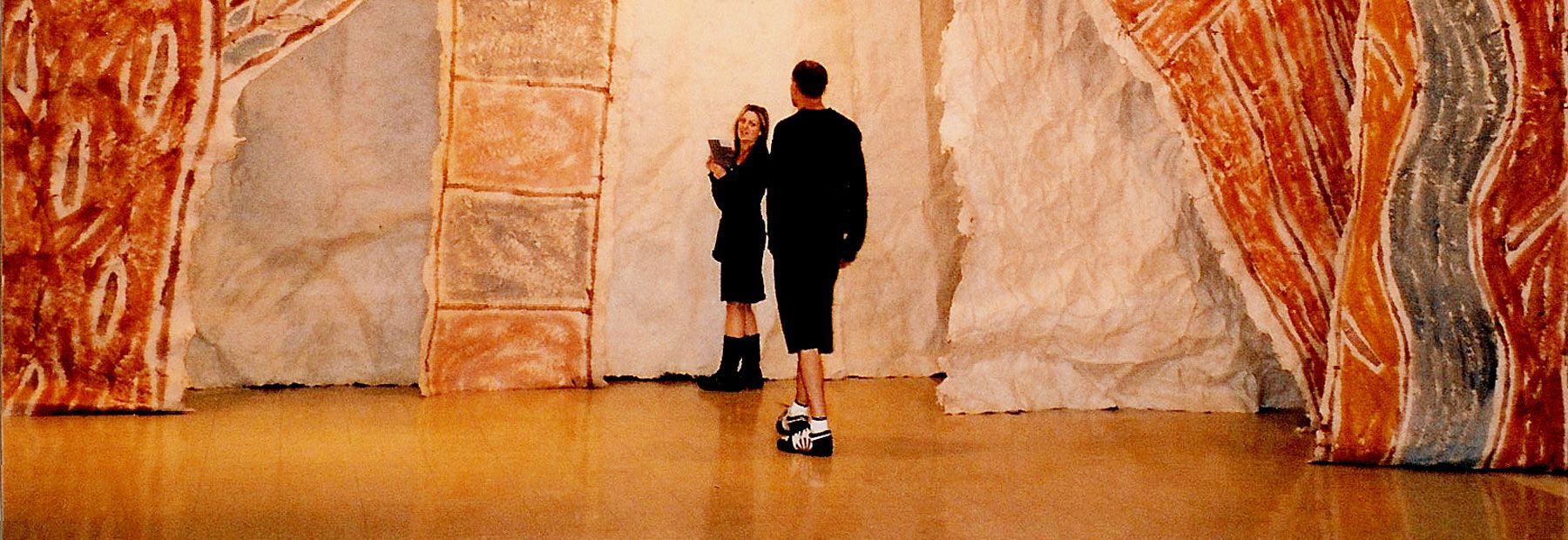
Slide title
Write your caption hereButton
Slide title
Write your caption hereButton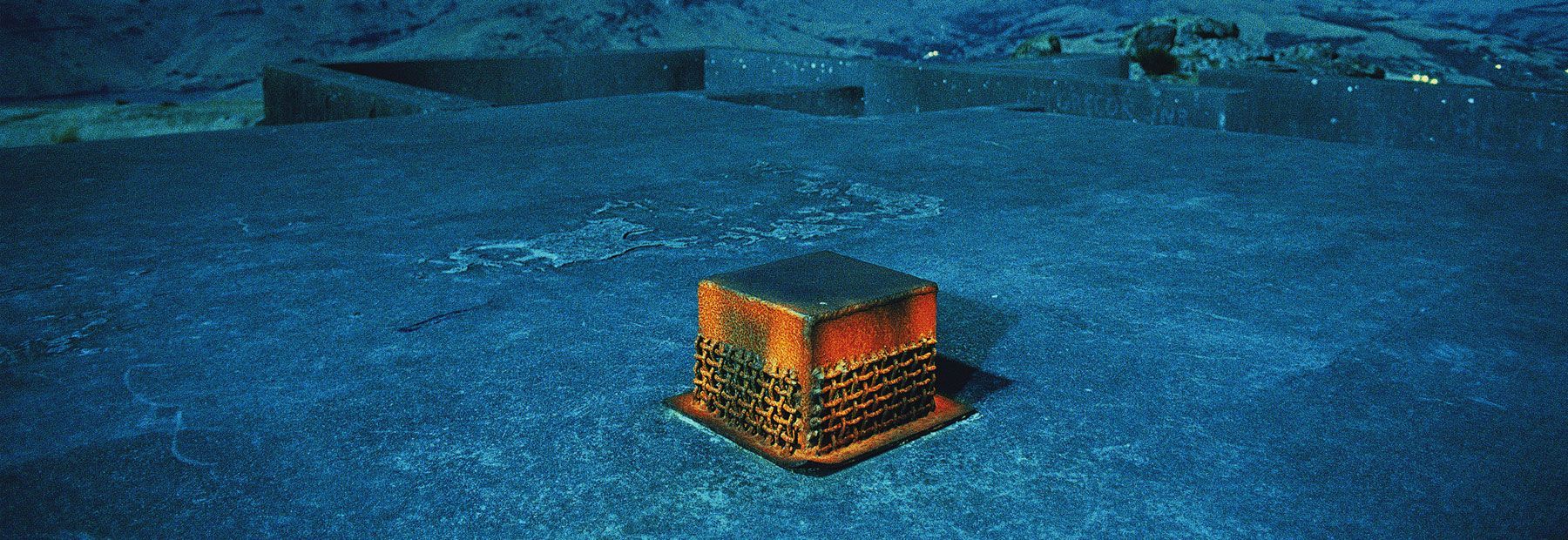
Slide title
Write your caption hereButton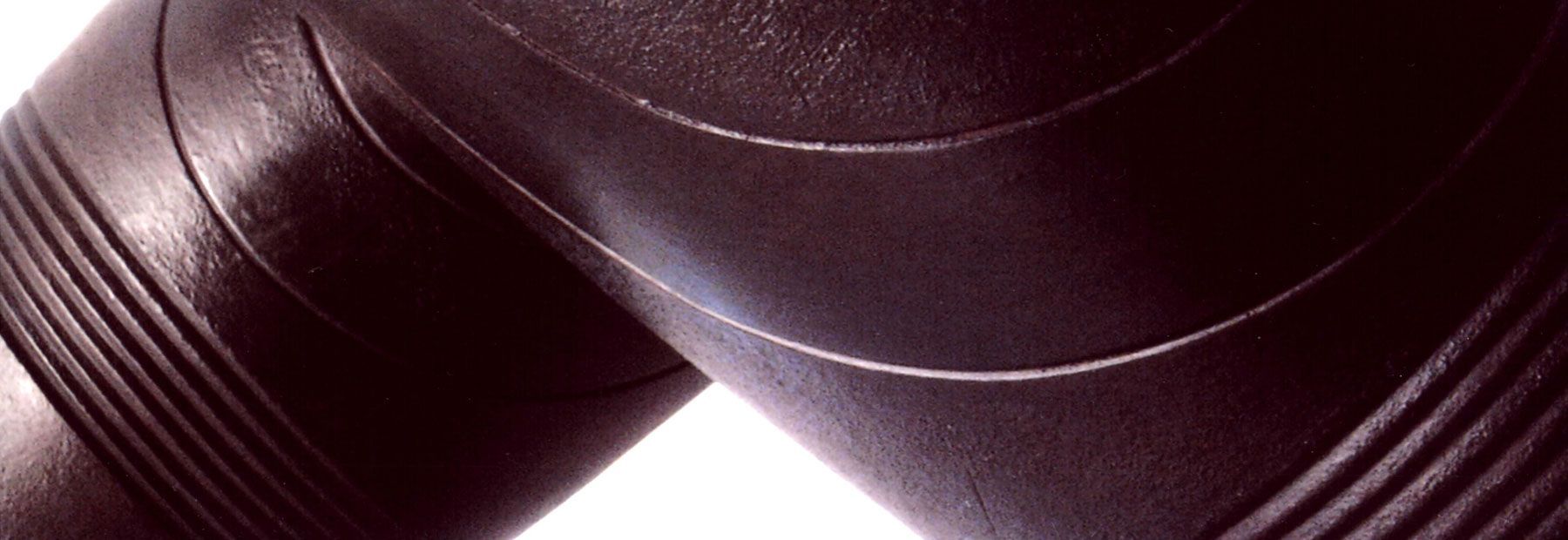
Slide title
Write your caption hereButton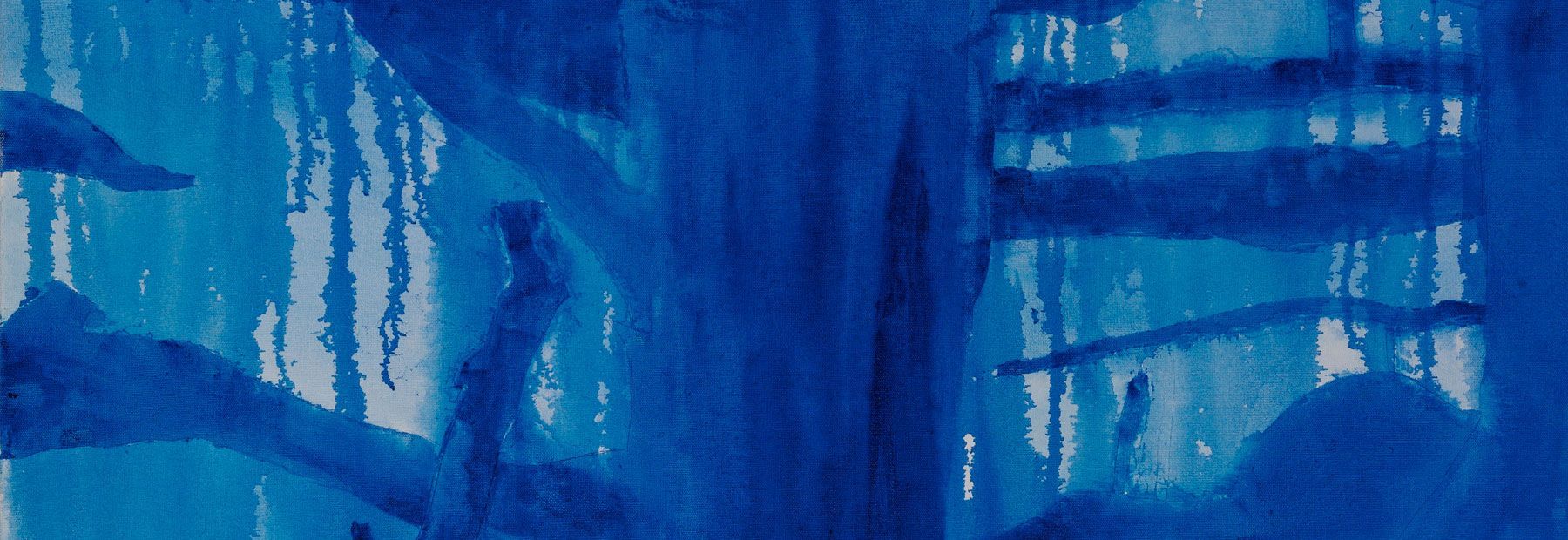
Slide title
Write your caption hereButton
Debut
A review of Dominic Burrell's exhibition
Milford Galleries, Dunedin
5 – 30 July 2008
Eye candy for the soul
Dominic Burrell has been described as one of the most exciting emerging glass artists in New Zealand. Recipients of many awards, his previous ‘pods’ are easily recognisable organic forms reminiscent of extrusions, those volcanic rock formations caused when heated rock is rapidly cooled on injection into water.
Juxtaposed with this, his latest offerings entitled 'Epicentre 1–8' are both more ethereal, or ‘other real’, and more cerebral. Stacked circular forms of various colours, layered like onion rings of various thicknesses, are separated by bands of stronger colour that appear to fade out when the work is viewed from different perspectives.
There is also something playful and childlike about the work, the colours candy-like, with a deliciousness which verges on edible—eye candy for the soul.
Colour and transcendence
Burrell describes himself as a colourist and enjoys creating quirky colour combinations which challenge our preconceived notions of blown glass work. This quirkiness is repeated in the slight asymmetry of the forms and in the deliberate misalignment of the stacked component pieces.
At first glance this asymmetry is not seen as the viewer is seduced by the qualities inherent within the glass: the luminosity, the mystery of an object that is at once present physically yet seems to transcend both time and space, to exist in some ‘otherness’—a different dimension to that of the everyday world.
The viewer is left with the question: is there something more going on here, or is this just our inherent desire to ascribe a deeper meaning—to make sense of life, the universe and everything? Burrell himself alludes to this when he says that although greatly influenced by the aesthetics of 20th century design, he also sees his art as a physical manifestation of his Christianity.
Craftsmanship
There is also a muscular, cerebral quality to this work: the question of technique which causes one to enquire how, the science of making, and the technicalities which go into creating an artwork of great craftsmanship. Much of the process of making this work takes place after the glass has cooled—cutting, sandblasting and polishing.
The aesthetics and formal elements of design are key, the artist stating he is attracted to the ‘formal qualities in composition. I am drawn to the aesthetic placement of point, line and plane and the use of colour within this.’
A sense of mystery
Each artwork is made up of five individual component pieces balanced atop each other, perched atop tall cylindrical plinths (which echo the form of each piece) positioned in a row, ‘slalom-style’, around two sides of the gallery space.
The placement of work at differing angles invites the viewer to move and discover the interplay of light upon and through each surface. Refraction, reflection and occlusion act upon each layer, the hazy quality of sandblasted surfaces creating a sense of mystery, of things not quite grasped below the surface.
The hollow centre of each component draws the viewer through a miniature space-time continuum to emerge into a different space. Overall this was an excellent exhibition well worth seeing.
Reviewed and written by Shelley Johnson.

